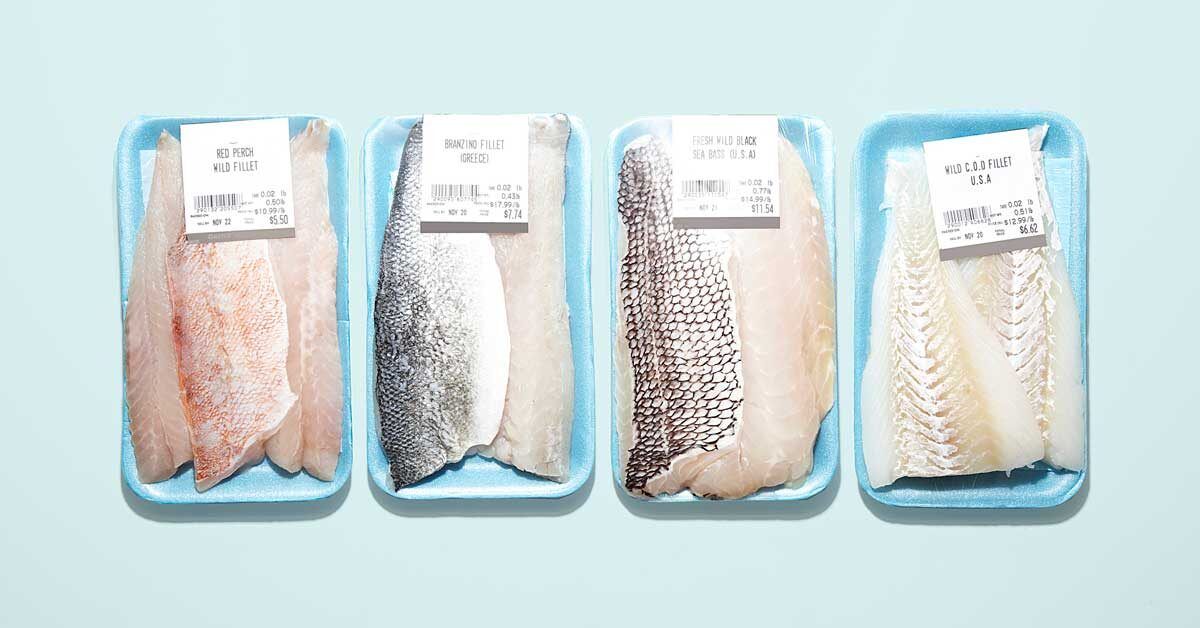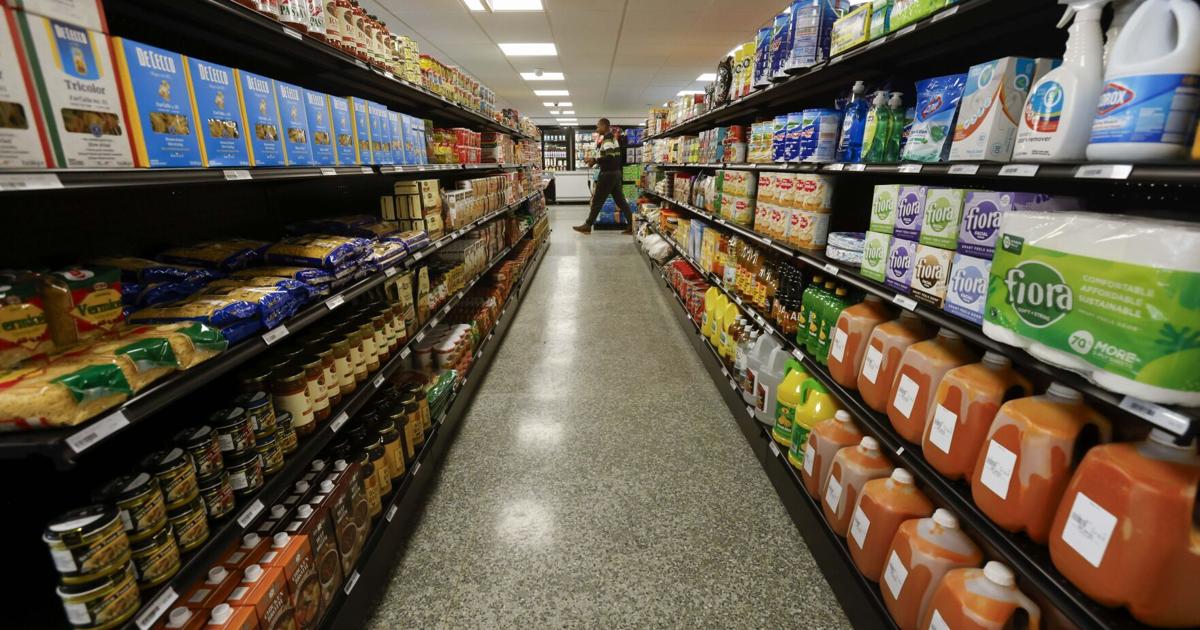- Trans fat is the unhealthiest fat because it lowers your good cholesterol and boosts bad cholesterol.
- If a food has less than 0.5 grams of trans fat, manufacturers can list it as 0 g on nutrition labels.
- To spot trans fat in your favorite foods, look at the ingredients for “partially hydrogenated oil.”
- Visit Insider’s Health Reference library for more advice.
It’s now largely understood that artificial trans fat is the worst kind of fat you can eat.
What makes it particularly unhealthy, according to Dana Ellis Hunnes, a senior dietitian at UCLA medical center and author of “Recipe For Survival,” is that it can simultaneously raise “bad” LDL cholesterol while lowering “good” HDL cholesterol levels, thereby increasing your risk for heart disease and stroke.
Not only that, but Jenna Volpe, a registered dietitian in private practice, notes that trans fat is also linked to a higher risk of insulin resistance and ultimately, type 2 diabetes if that condition is left unchecked.
Here’s what to know about which foods tend to contain trans fat, and why it’s best to avoid them.
Is trans fat illegal?
In 2015, the US Food & Drug Administration (FDA) deemed artificial trans fats unsafe to eat and gave food manufacturers three years to eliminate them from their products.
Additionally, in 2021, the World Health Organization (WHO) launched an initiative called REPLACE, with the goal of making the global food supply free of artificial trans fats by the end of 2023.
Despite these efforts, some foods in the US still contain small amounts of trans fats. According to Kristin Gillespie, RD, LD, a nutrition advisor for Exercise With Style, this is because if a product contains less than 0.5 grams of trans fat per serving, the FDA allows the manufacturer to round down to zero — meaning that trans fat won’t be shown on the label.
While half a gram may not seem like much, Gillespie notes that these fats are most commonly found in snack foods that people often eat more than one serving of, meaning the trans fat content can add up quickly.
Trans fat foods
Trans fats are used in a lot of foods because they’re cheap to produce and have a long shelf life, says Volpe. Therefore food manufacturers can make their products less perishable, minimizing lost profits.
Trans fats originally became popular during the 1980s as a supposed healthier alternative to saturated fat. Then, in the ’90s, emerging research showed that trans fats actually posed a higher risk for heart disease than saturated fats.
Since products that contain less than 0.5 grams won’t include a line item for trans fat on the label, Hunnes recommends looking at the ingredients list. Trans fat will typically appear in the ingredients as “partially hydrogenated” oil.
Here are some common foods that may still contain trans fat, according to Gillespie:
- Microwave popcorn
- Frozen pizza and other microwaveable meals
- Margarine
- Shortening
- Canned frosting
- Crackers
- Potato chips
- Non-dairy coffee creamer
- Refrigerated biscuit and roll dough
- Pre-made pie crust
- Fried foods, like doughnuts, chicken fingers, and mozzarella sticks
- Packaged pastries, cookies, and other baked goods
Keep in mind that meat and dairy from certain animals, like cows and lamb, can contain small amounts of naturally occurring trans fat. There hasn’t been a lot of research on whether or not this kind is as harmful to your health as the artificial kind.
However, one 2015 review found that unlike artificial trans fats, trans fats from animal products were not associated with coronary
heart disease
(CHD) or type 2
diabetes
. Animal products typically only contain trace amounts of trans fat.
Trans fat and heart health
Trans fat can raise LDL cholesterol while lowering HDL cholesterol, which damages the cardiovascular system in a couple of different ways:
- Elevated LDL levels can cause fat to build up in the blood vessels and arteries, which can then lead to heart disease, heart attacks, and stroke.
- Meanwhile, HDL helps transport cholesterol from the cells and blood vessels to the liver, where it can be flushed out of the body — so, low levels of this type of cholesterol may also increase your risk of heart disease.
Other research has also found that trans fats are:
Trans fat vs. saturated fat
The key difference between trans and saturated fat, says Volpe, is that saturated fat is mainly found naturally in animal products, like meat and dairy, while most trans fat is found in processed foods, and man-made in a lab.
Moreover, trans fat is worse for heart health than saturated fat because although saturated fat causes an increase in LDL cholesterol, it also increases HDL cholesterol to balance out the ratio. “This is much less detrimental from a cardiac risk standpoint compared to the impact of trans fats,” Gillespie says.
Trans fat, on the other hand, decreases HDL, making it doubly difficult for the cardiovascular system to function properly.
Still, with all that in mind, Hunnes says monounsaturated and polyunsaturated fats are the healthiest types you can choose. These fats, which are found in nuts, seeds, avocados, olives, olive oil, and certain fish like salmon, can actually improve cholesterol levels, lowering blood pressure while decreasing your risk of heart attack and stroke.
According to Gillespie and Hunnes, a healthy diet will consist of around 20%-35% calories from fat. So, if you’re consuming 2,000 calories a day, that translates to about 400-700 calories from fat. The majority of that intake should come from monounsaturated fat and polyunsaturated fat, says Gillespie, and only a small percentage — 5%-15% — should come from saturated fat.
Dietitians recommend avoiding trans fat altogether or at least limiting your intake as much as possible.
Insider’s takeaway
Trans fat is considered the worst fat you can eat for good reason: it drives up LDL cholesterol while reducing HDL cholesterol and is associated with inflammation, increasing your risk of coronary heart disease, cardiovascular disease, heart attack, and stroke.
Snack foods, baked goods, frozen meals, and other processed foods are most likely to contain trans fat. While the FDA has banned trans fat, manufacturers round down to zero when products contain less than 0.5 grams, meaning there may still be small amounts of it hiding in certain foods.
That’s why dietitians advise looking for “partially hydrogenated” oil in the ingredients list to make sure a particular product is entirely trans fat-free.



:max_bytes(150000):strip_icc()/ChickenBreast-7c055ca42ace4670867b52b9ab642824.jpg)






